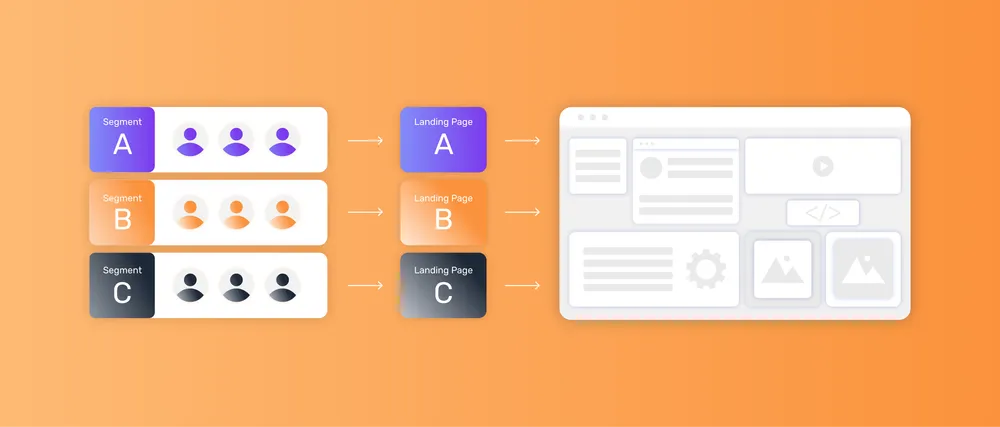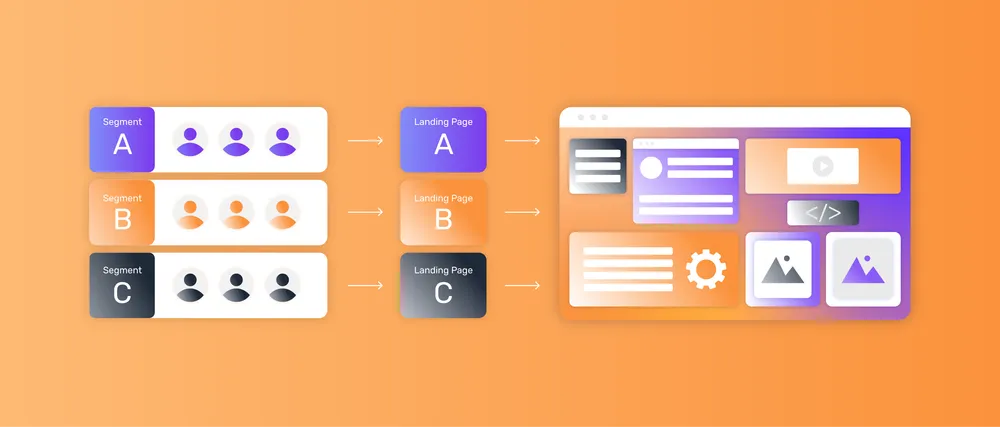Segments are no secret in social campaigns
To make the most of your campaigns, it's crucial to identify and target the right audience. This is where segment targeting comes into play. Instead of casting a wide net and hoping for the best, create focused segments within your target audience based on various factors like demographics, interests, and behavior.

Let's illustrate with an example. Suppose you are responsible for marketing a beautiful, idyllic event location in the countryside. Thanks to its tranquility and inspiring landscape, it is suitable for a variety of occasions such as weddings, team building days, and birthday parties. This also means you have a variety of target groups, including engaged couples, business teams, and families.
Start by understanding these customer personas and tailoring your social media content and messaging to suit each segment's specific preferences. Social media platforms often offer powerful targeting tools, enabling you to direct your campaigns to these specific segments. By doing so, you increase the chances of reaching the right people who are more likely to engage with your content and convert into customers.

Leading targeted segments to a landing page
After targeting and reaching your Ideal Customer Profile (ICP) on social media, directing your audience to a relevant landing page is equally critical if your goal is to generate more leads for your business. This is where your marketing skills come into play. Creating landing pages that align with your campaign's message and the interests of your targeted audience is essential to achieve the desired conversion rate. However, that's not the end of it.
Let's revisit the example of the event location. After conducting research and creating a suitable persona, you successfully targeted different groups on social media. As a result, your engagement and click-through rates increased, and more people started visiting the landing pages that you designed to meet their specific needs. Engaged couples browse through beautiful pictures of former weddings at the location, while business teams find all the information they need for a productive team day.


